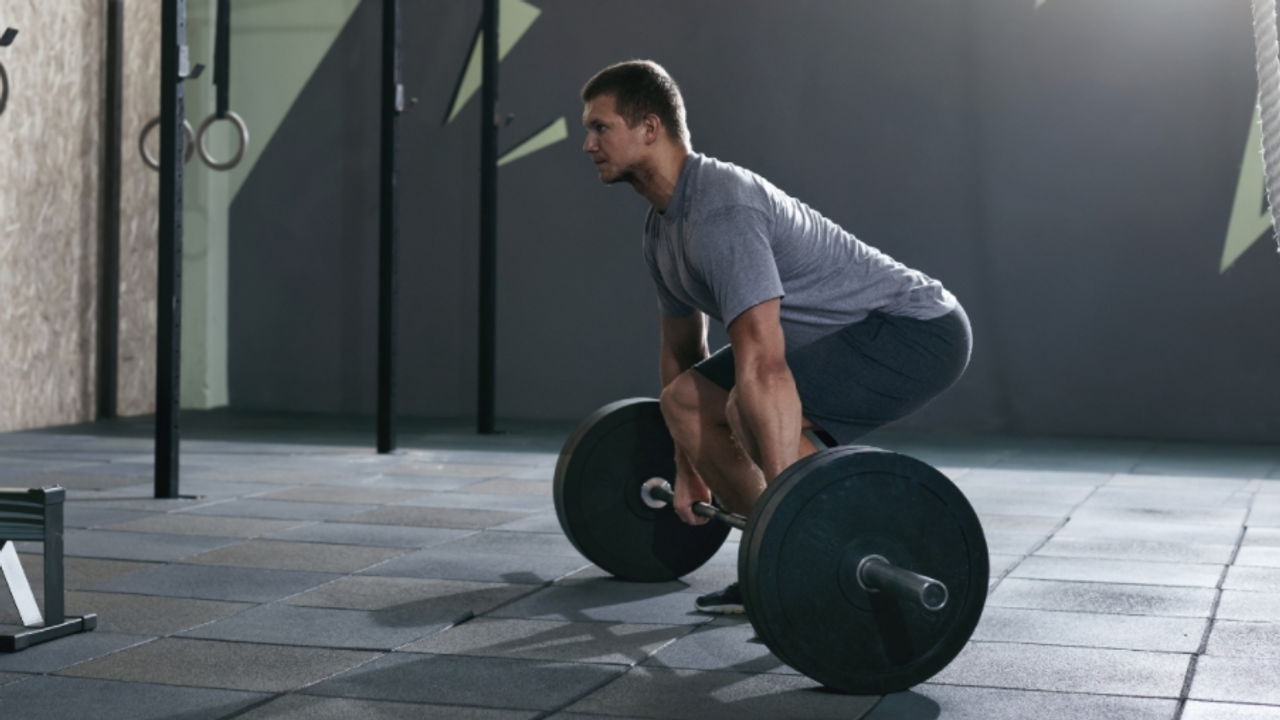The Magic Bullet of Exercise: The Deadlift
Nov 30, 2021
There’s no such thing as a magic bullet exercise, but if there was, the deadlift might be the closest thing to it. This monster of an exercise is great for working the glutes, hamstrings, back muscles, core, and really most muscles in your body. The deadlift is an exercise that can help with so many different goals, whether it be to help reduce pain or improve your performance. Let’s take a look at some real-world examples of some common ways we might prescribe deadlifts and why this exercises is one of the most versatile movements out there:
- A 43 year old woman who injured her lower back while helping her friend move houses. But wait, I thought deadlifts were back for your back?! While this used to be the common thought, recent research shows us that the body is robust and adapts very readily to the loads placed on it when applied in a graded fashion. The deadlift is a great way for her to improve her body’s capacity to tolerate higher loads and further strengthen her lower back, hips, legs, and more, so that she can more comfortably move boxes with less back pain.
- A 17 year old high school baseball player who is hoping to improve his overall performance: The deadlift is one of the best ways he can improve his speed, strength, jump height, pitching velocity, and more. Athlete’s can load up the deadlift by adding a significant amount of weight, using chains/bands, adding a deficit, using single leg variations, and more. This exercise is almost always a staple in an athlete’s strength and conditioning program.
There are countless ways and reasons why someone might perform deadlifts. This exercise and the squat are perhaps the closest things to the ultimate full body exercise. But what are some of the main differences between the two? For one, the squat will tend to bias more of the quadricep muscles as opposed to the hamstring/glute and low back emphasis with the deadlift. Additionally, the squat is going to require you to maintain more of an upright torso and knees over toes position. They’re both great exercises that have slightly different goals, so it can be good to include them both as part of your comprehensive workout routine.
You’re probably thinking, “We get it, the deadlift is amazing. But how the heck do I do it?!”. Here are some of my favorite ways to teach someone how to deadlift. The first step is going to be to learn how to perform a hip hinge. Check out this video to learn exactly how to do this:
Now that you got the hip hinge down, it’s time to add some weight and progress to the deadlift variation that feels best for you. Check out this video to learn about some of the different ways you can perform the deadlift:
Congratulations! You’re on your way to becoming a deadlift master. If you’re a little overwhelmed with the options available when it comes to deadlifts, getting out of back pain, frustrated with the lack of progress, or in need of a clear long-term solution to get back to the things you love - then we can help. Click here to schedule a free Discovery Visit with one of our Doctors of Physical Therapy, or reach out to us at anytime at (760) 301-6566 or at [email protected]
